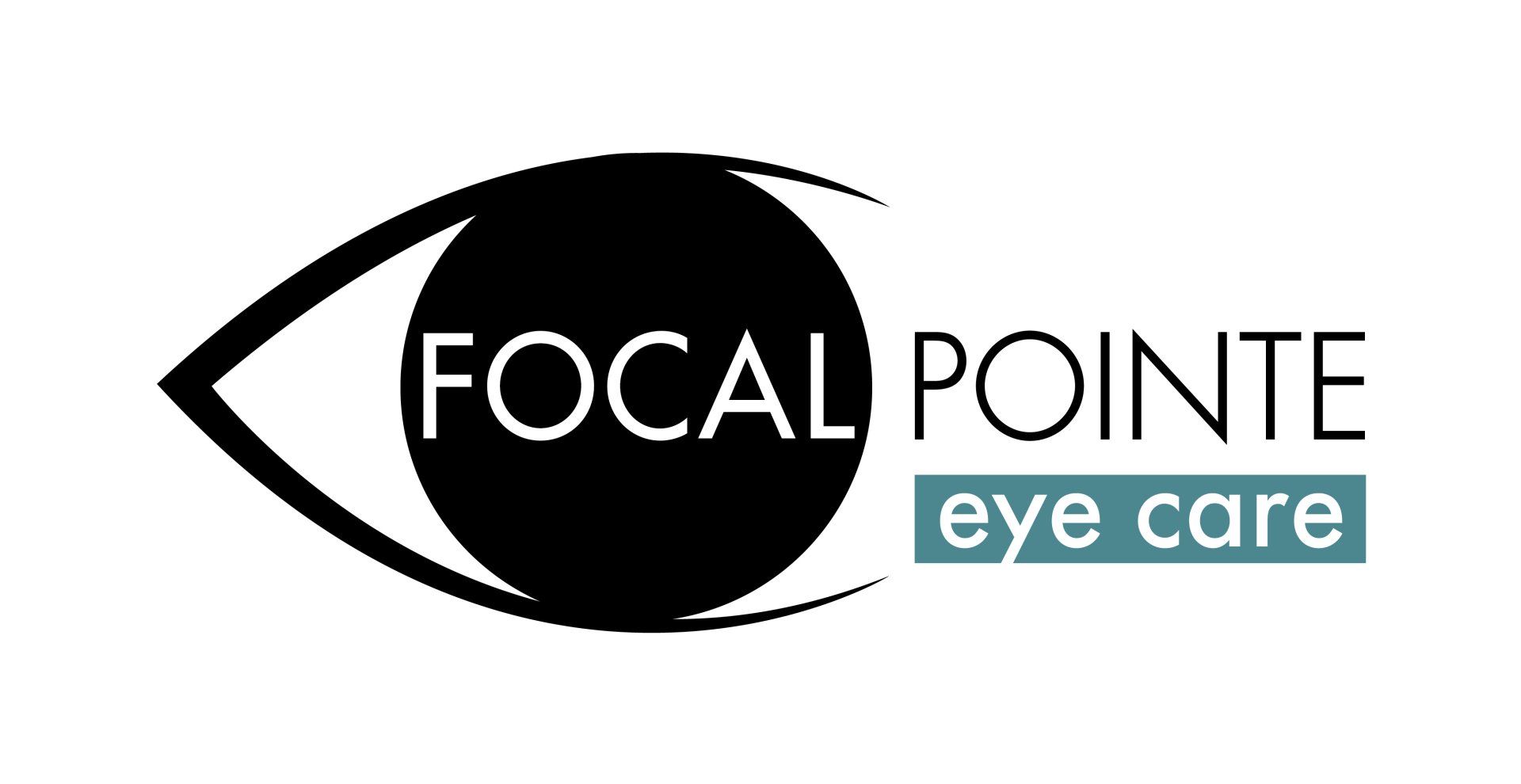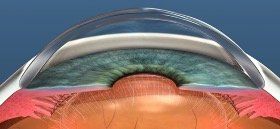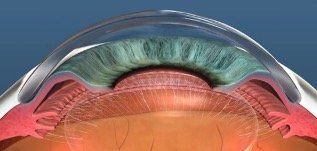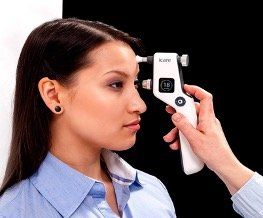Call or Text 513-779-3937
Blog Post
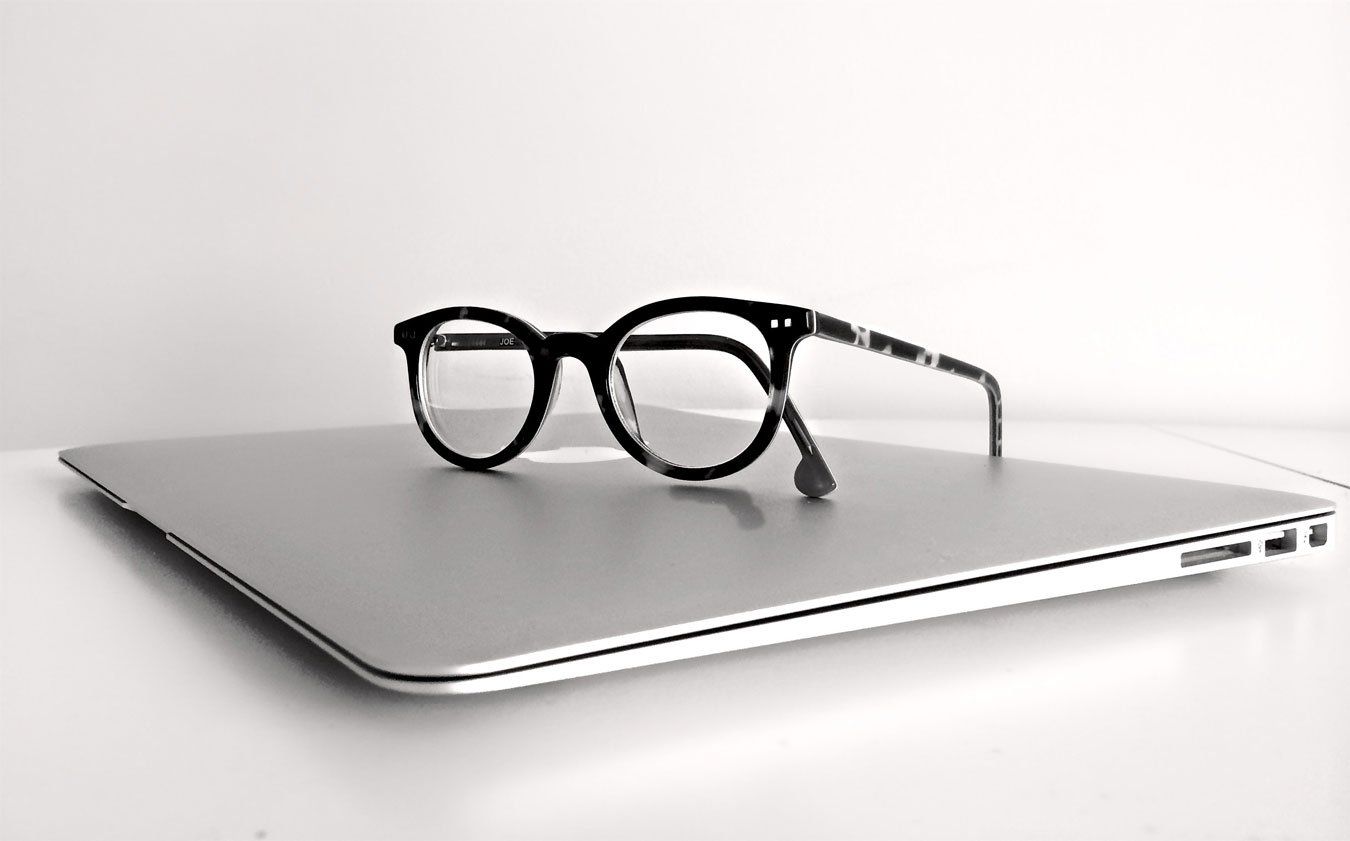
FOCAL POINTE BLOG
Button
The importance of checking intraocular pressures
Rachael Colon • Jul 01, 2020
Why test for intraocular pressures?

Checking eye pressure is a necessary test that is typically performed at every eye exam. Fluid inside of the eye is produced every day by the part of the eye called the ciliary body. This fluid keeps the eye “inflated” in order to maintain a round shape. The purpose of measuring the pressure inside of the eye is to ensure that it is within normal range. Just like a tire on a car, an eye can have pressure that is too low or too high. An eye that has an elevated pressure may be at risk for a condition called “glaucoma.” Glaucoma is a disease where the optic nerve is damaged over time, leading to vision loss. Glaucoma is usually associated with elevated eye pressures. There are two types of glaucoma that can lead to an increase in intraocular pressure, open-angle glaucoma and narrow-angle glaucoma.
Open-angle glaucoma
Open-angle glaucoma refers to a group of conditions that most-often leads to an elevated intraocular pressure, but the relationship between the iris and cornea is normal. In other words, the “angle” between the iris and cornea is “open.” This is the most common form of glaucoma and is referred to as an insidious condition, meaning one that has very few symptoms but is capable of profound vision loss if left undetected. After the age of 40, it is recommended by the American Optometric Association to get your pressures checked yearly in order to properly screen for this condition. If open angle glaucoma is detected, treatment usually begins with topical eye drops or laser therapy.
Narrow-angle glaucoma
Narrow-angle glaucoma occurs when the relationship of the iris and cornea becomes so narrow that it blocks the normal outflow of the eye. The blockage can lead to an “acute attack” that, if not treated urgently, can cause significant vision loss. Symptoms of having an acute angle-closure attack are:
• Your vision is suddenly blurry
• You have severe eye pain
• You have a headache
• You feel sick to your stomach (nausea)
• You throw up (vomit)
• You see rainbow-colored rings or halos around lights
Just like open-angle glaucoma, it is important to have routine eye exams at regular intervals. If narrow angles are detected, a simple laser procedure will often cure the condition. People that are hyperopic (farsighted) are at much greater risk for developing narrow angles.
What is normal eye pressure?
A normal pressure range is from 8-21 mmHg (millimeters of Mercury). Most of the time, eyes with glaucoma measure higher than 21 mmHg. There are cases when the pressures can be high but glaucoma doesn’t exist. This is called ocular hypertension, and with this condition it is important to have pressures monitored regularly so it doesn’t lead to glaucoma overtime.
According to WebMD, a person is more at risk for glaucoma if you fall under the following:
- Are over 40
- Have a family member with glaucoma
- Are African, Hispanic or Asian
- Have had an eye injury
- Are far-sighted or near-sighted
- Have been told your corneas are thin in the middle
- Have diabetes
- Get migraines
- Have circulation (blood flow) problems
How to prevent glaucoma?
Although there is not necessarily any way to prevent glaucoma, the best way to insure proper eye health is to get regular eye exams performed by your eye care provider.
The new way of checking eye pressure
Say goodbye to the old “air puff” machine that one would sit in front of in fear, anticipating a puff of air to hit the eye. The newest way to check eye pressure is by using an instrument called “I-Care”. With I-Care, checking eye pressure is fast and painless while being more accessible to everyone, including children. I-Care is a hand-held tonometer that is held just a few inches away from the patient. With a touch of a button, the device gently and rapidly sends a tiny probe to the eye in order to get a reliable pressure reading. Most people report that it feels like a feather touching the surface of the eye, while others say they can’t feel anything at all.
Glaucoma is often symptomless and the best way to minimize the risk of vision loss is to schedule an annual eye exam. If you are in the greater Cincinnati area, contact Focal Pointe Eye Care to schedule your exam. Call 513-779-3937.
CONTACT US
ADDRESS: 7227 Liberty Way
West Chester, OH 45069
PHONE:
1-513-779-EYES (3937)
FAX:
1-513-779-3938
EMAIL:
info@fpeye.care
Read Reviews
GET IN TOUCH
Website Footer Form
Thank you for contacting Focal Pointe Eye Care. A member of our team will review your inquiry and respond to you within one business day.
Contacting us on the weekend? Most inquires receive a response on Monday afternoon.
If your need a faster response, please call us at 513-779-3937 during regular business hours.
If you have an eye emergency, please call our phone number and listen for instructions.
Oops, there was an error sending your message.
Please try again later
Please try again later
Office Hours:
M: 10:30am-5:00pm
Tu: 9:00am-5:00pm
W: 9:00am-5:00pm
Th: 9:00am-5:00pm
F: 9:00am-3:00pm
© Copyright 2024 | All Rights Reserved |
Focal Pointe Eye Care |
Privacy Policy |
Accessibility
|
Powered by
wsi-summit
